South Korean researchers have developed a wheel with variable stiffness and spoke system inspired by liquid droplets’ surface tension.
From Superinnovators 22/07/24
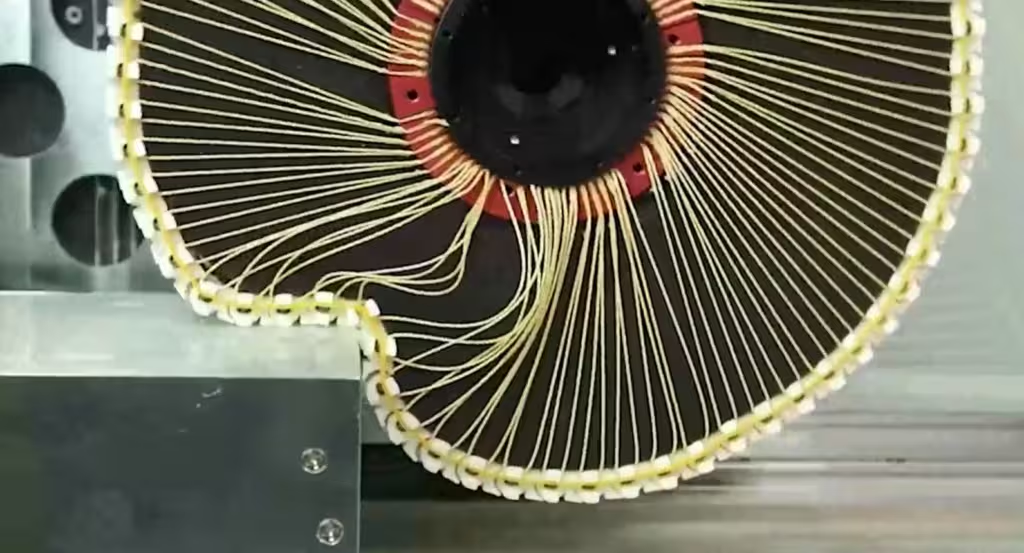
This innovative wheel can change between a rigid, circular shape and a soft, deformable form, adapting to different terrains, such as those encountered by wheelchair users or rovers on Mars or the Moon.
The wheel’s smart chain structure connects to a central hub via wire spokes, which adjust the tension to alter the wheel’s stiffness.
The wire spokes were made from Kevlar fiber with a thickness of 2 mm and a 3D printed honeycomb structure were used as a soft supporting structure.
On flat surfaces, the wheel remains rigid, allowing for faster movement.
When encountering obstacles, the wheel becomes softer, deforming to roll over them more easily.
This design was tested on both a two-wheeled self-balancing wheelchair and a four-wheeled electric cart.
The wheel successfully navigated obstacles 1.2 times its radius, demonstrating its adaptability in real-time.
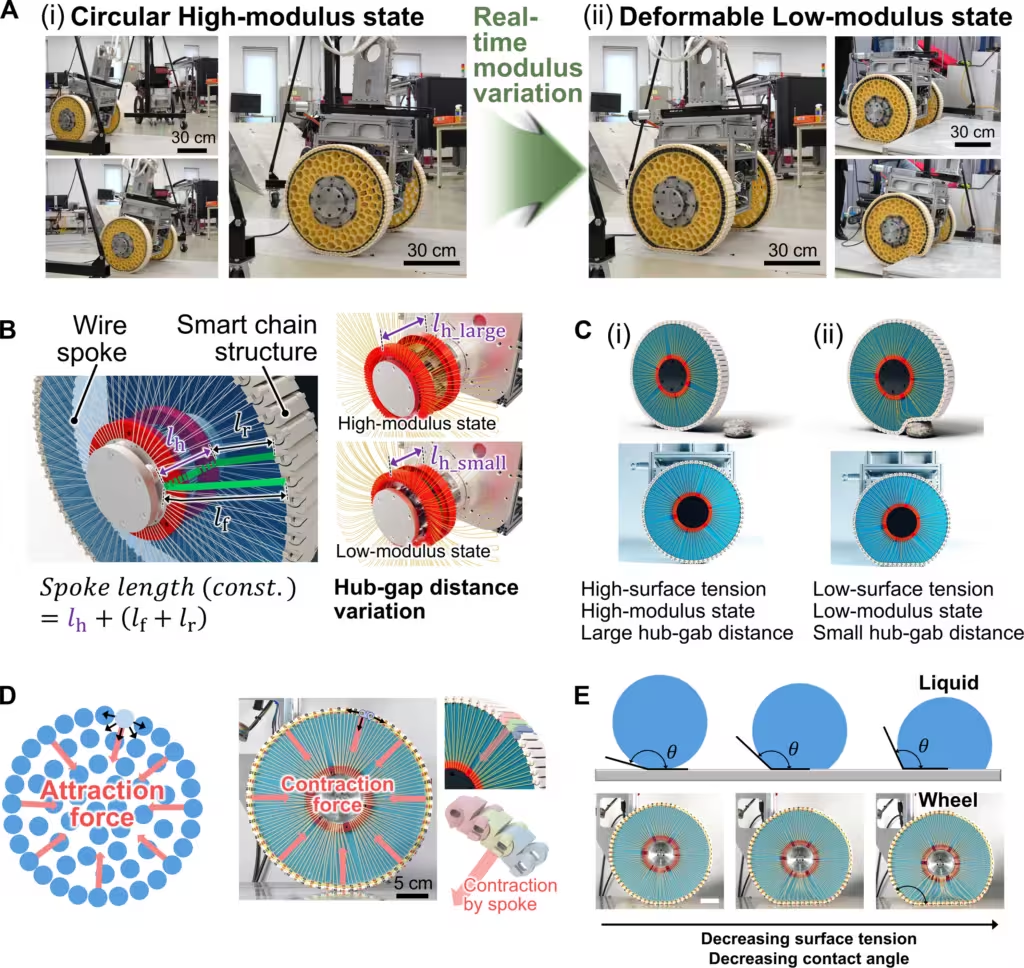
(A) Configuration of the soft supporting structure and the pin in the smart chain block. (B) Diagram of the simplified one-dimensional wheel model showing the effect of the length of the wire spoke. (C) Diagram of the simplified two-dimensional wheel model showing the effect of the length of the wire spoke. (D) Shape of the deformed wheel considering that the gravitational force depends on the hub-gap distance variation. (E) Measured length of the wire spoke at the deformed position from the ground based on the hub-gap distance variation. Error bars represent SD (n = 5). The deformation height of the wheel based on the hub-gap distance variation achieved with (F) a blue sponge or (G) a black sponge as the soft supporting structure. Error bars represent SD (n = 3). Credit: Jae-Young Lee et al, Science Robotics (2024)
However, the researchers noted some drawbacks including that dust and particles could enter between the smart chain blocks, potentially damaging the wheel.
Future improvements will include a wheel cover and using more durable materials like thermoplastic polyurethane.
Additionally, the wire spoke structure will be enhanced for better durability and reliability.
The team also plans to develop advanced simulations to predict the wheel’s deformation characteristics more accurately.
According to the researchers, these wheels could revolutionise mobility across varying environments.
The project was led by Jae-Young Lee of the Advanced Robotics Research Center in Daejeon, South Korea and the results were published in Science Robotics journal.
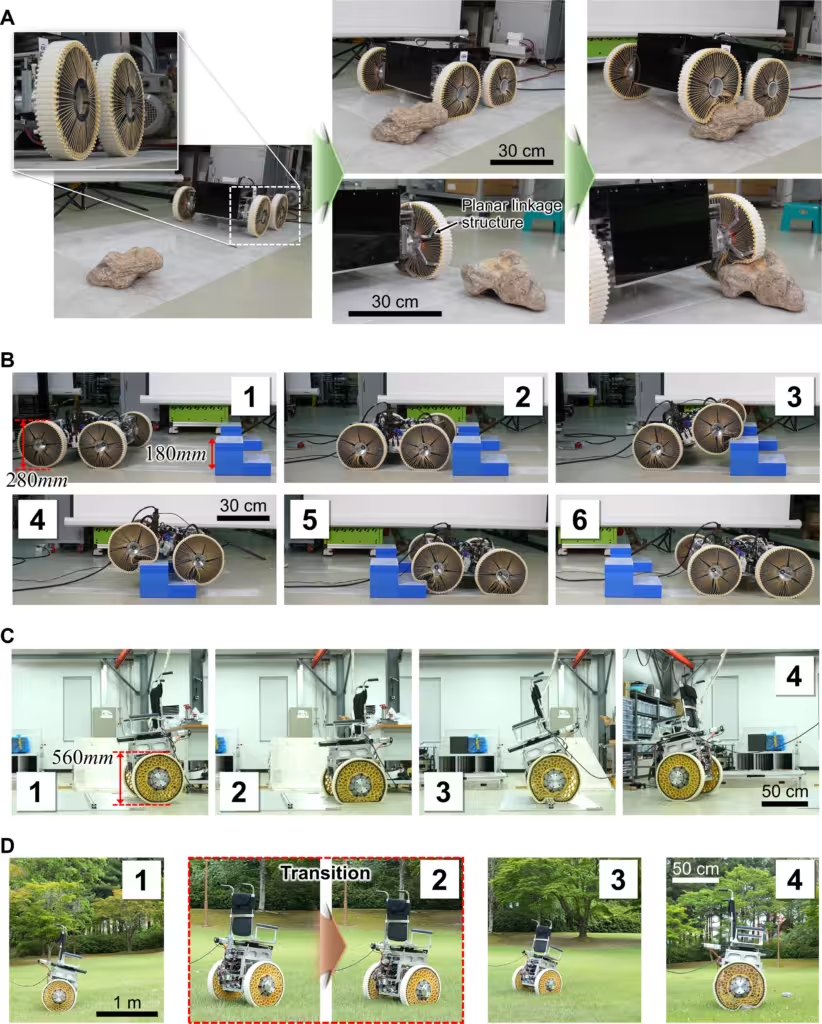
Demonstration of a four-wheeled vehicle overcoming a (A) rock and a (B) 180-mm step-shaped obstacle. Demonstration of a two-wheeled wheelchair system overcoming a (C) square obstacle and a (D) rock. Credit: Jae-Young Lee et al, Science Robotics (2024)
More info
You may also be curious about:
-
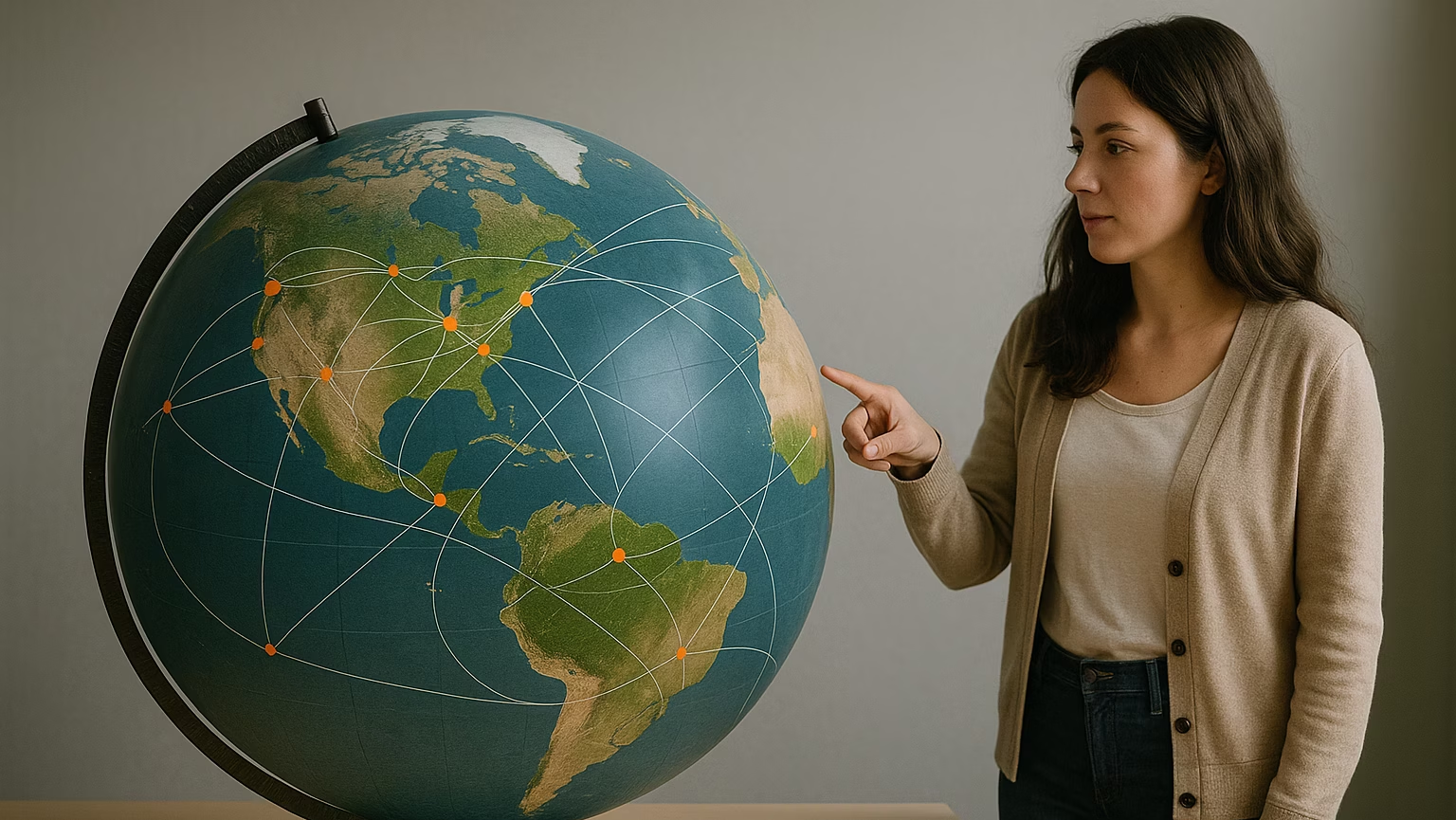
Change your location to jumpstart creativity
-

AI tools may be weakening the quality of published research, study warns
-

Protein bars enriched with collagen have potential as a weight-loss aid
-

Wily parasite kills human cells and wears their remains as disguise
-
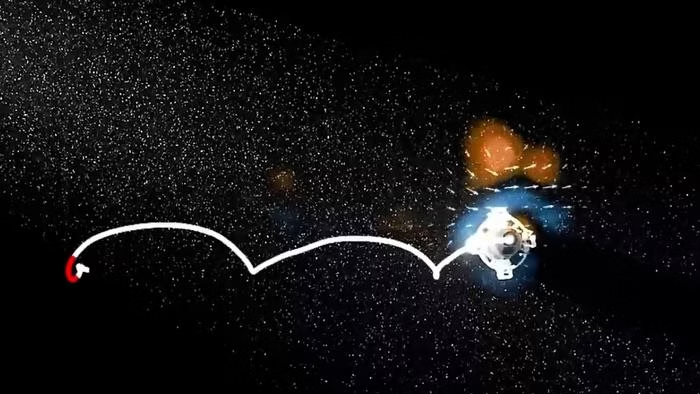
Jellyfish bot catches a ride on underwater waves
-
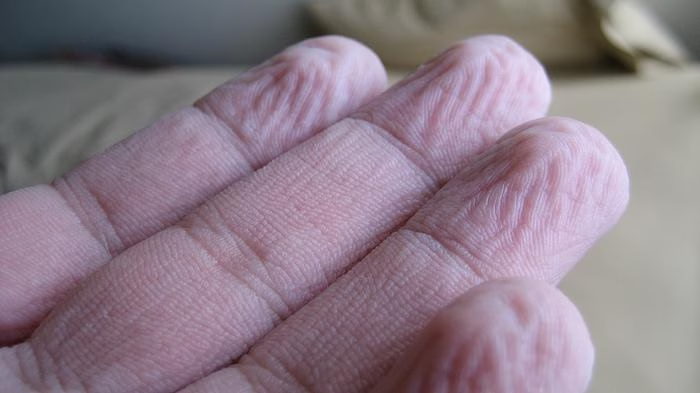
Your fingers wrinkle in the same pattern every time you’re in the water for too long
-

Onion-like nanoparticles found in aircraft exhaust
-
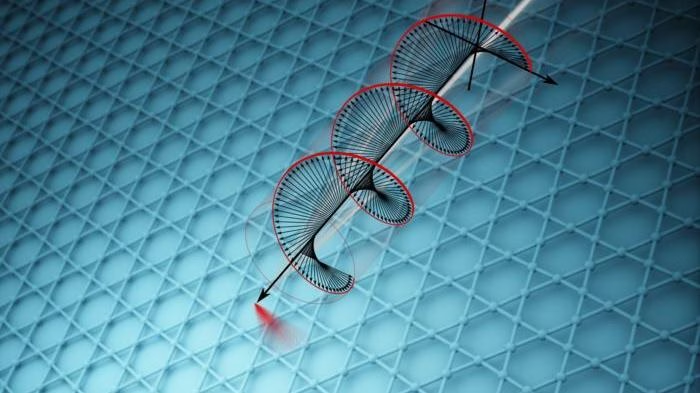
Scientists discover an unusual chiral quantum state in topological material
-

Flamingos create water tornados to trap their prey
-
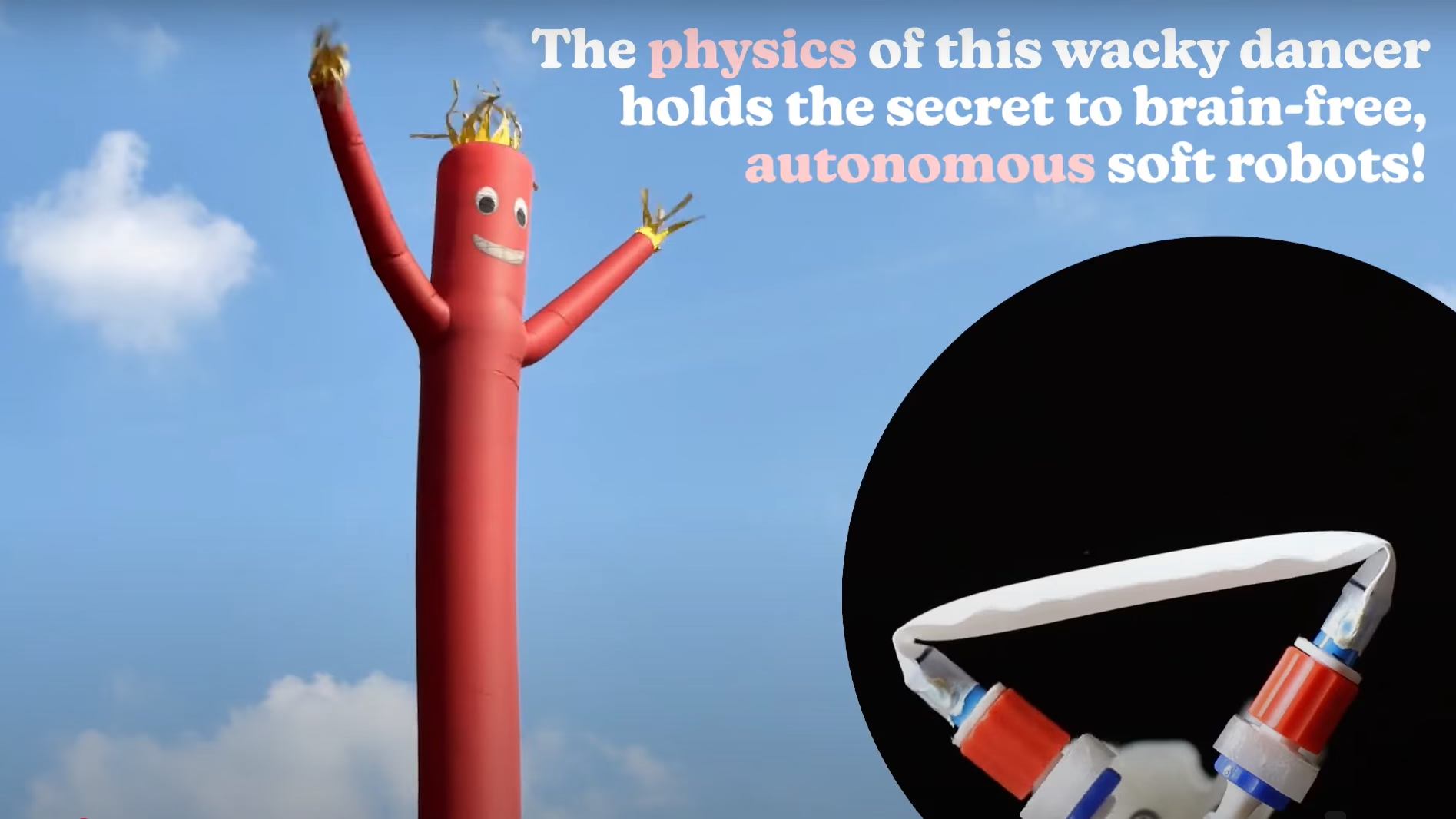
Brain-less air powered bot inspired by inflatable dancing advertising
-

Bangladesh brick manufacturers reduce pollution
-

New theory of gravity brings long-sought Theory of Everything closer
